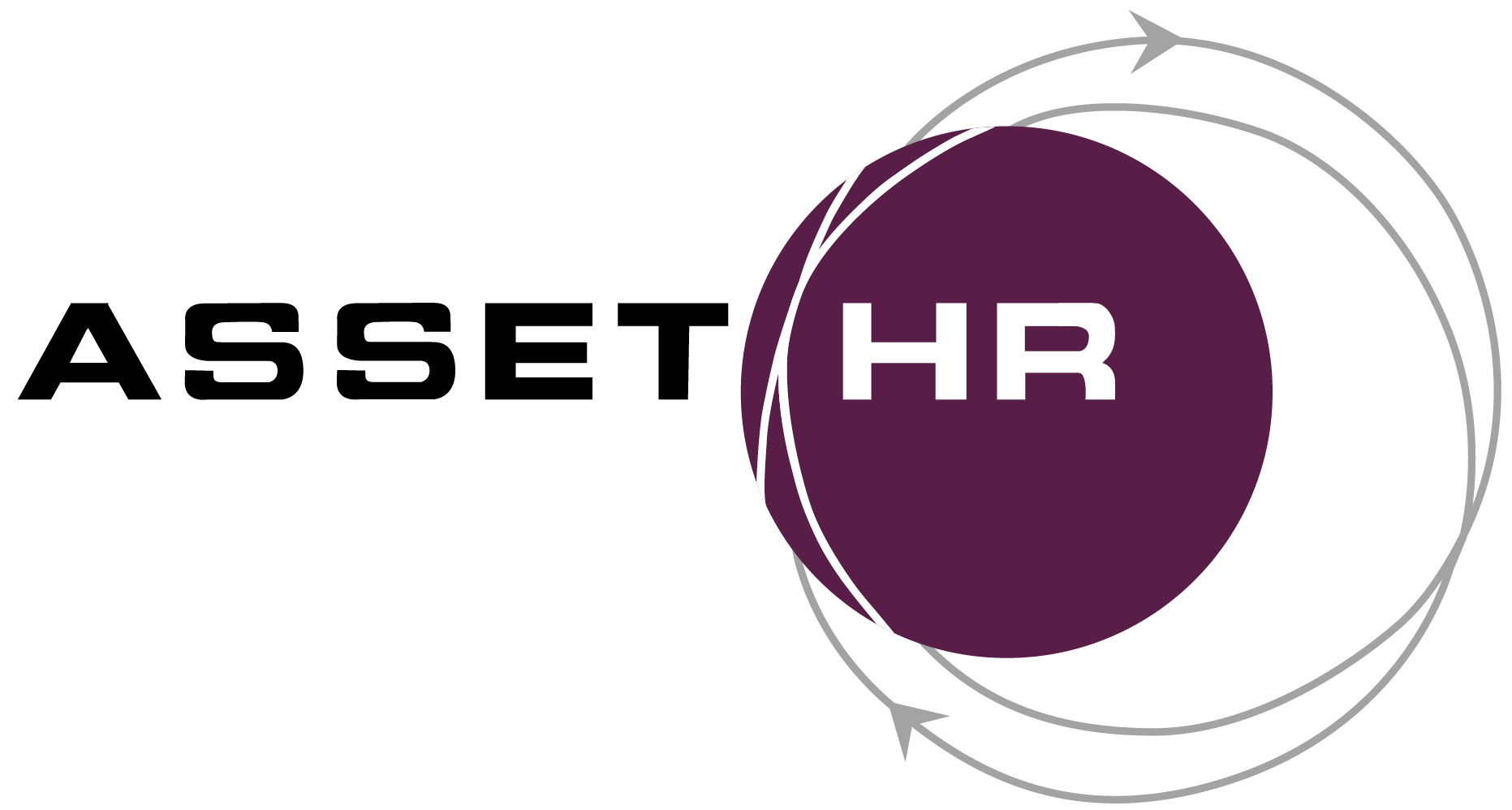People Analytics Are Driving Business Impact — Here’s What You Need to Know

The best decisions are driven by data. But how do you make data-driven decisions when it comes to managing personnel? Businesses are increasingly turning to people analytics to augment their recruiting efforts and manage their HR processes. Let’s look at how this technology is impacting modern business.
What Are People Analytics?
“People analytics” refers to the practice of collecting data on employees and their performance within an organization. On the surface, this is nothing new, as many companies have long maintained data on their workers’ performance.
What makes people analytics unique is the level of detail that can be maintained on each employee, which managers can use to evaluate their contribution to the company as a whole. In other words, people analytics seeks to explore how individual employees impact business performance.
Introducing Predictive People Analytics
We deploy an enterprise level technology for our clients, isolved, which now offers an AI-driven tool that can be used to predict workplace needs, visualize key performance indicators, and enable timely HR interactions. Our platform acts as a central hub where you can manage employees, evaluate their work habits, and even predict certain patterns and trends.
This technology is most frequently being used for the financial industry, manufacturing, and hospitality, but with the advanced features and integration with our HCM system, it’s become adaptable for a variety of sectors.
How Are People Analytics Impacting Businesses?
The rise of people analytics has impacted businesses in several distinct ways:
Creating Data-Driven Company Cultures
Through people analytics, companies are better equipped to make data-driven decisions instead of falling back on personal opinion, preference, or “gut” instinct. People analytics can provide actionable insights based on real-world data, which helps leaders make better decisions and helps employees learn from their own mistakes.
Allowing Reevaluation of Core Processes
The data gained from people analytics can be used to assess how well employees are satisfying the main goals of your company. For example, you can use data gained from these digital tools to evaluate the efficiency of individual employees and whole departments.
This data may highlight areas that need improvement, which can prompt managerial personnel to adjust company policy to create a better fit between workers and the organization as a whole.
Reducing the “Silo Effect”
Larger organizations face challenges when different departments operate independently of one another. This fragmentation can create “silos,” where teams fail to share their resources, insights, or expertise across the organization, resulting in a disjointed process.
People analytics provides greater end-to-end visibility of projects and teams, pinpointing areas where collaboration would be advantageous. Thus, people analytics can improve communication and diminish the fragmentation that arises from the silo effect.
Boosting Employee Engagement
Evaluations can be painful, but they can also be good learning experiences. People analytics gives you the opportunity to truly develop your staff members, allowing them to learn from their mistakes and develop new skills as they grow.
These opportunities can go a long way toward improving employee engagement throughout your company. Additionally, the data you gain from people analytics can highlight areas of friction between staff members, so you can address problems before you even begin to notice the negative repercussions they engender.
Offering a Competitive Hiring Advantage
New hires aren’t always looking for a paycheck and nothing else when they come to a company. They expect a challenge and a chance to learn and grow. Having a people analytics system in place can allow you to provide these opportunities, which may give you a greater advantage when it comes to recruitment and retention.
Changing Data Management Practices
When your business is fueled by data, it’s important to protect this sensitive information. Many companies already have policies and procedures in place regarding certain aspects of the company, but HR departments will have to expand their data storage and security measures to accommodate an increase in data regarding their employees.
Ensuring Ethical Responsibility
With people analytics in place, nothing is hidden. The tools that you use to monitor your staff also ensure that you create a culture of transparency and accountability. This approach means that all staff members, from bottom to top, will have a greater duty to behave ethically in the workplace and will be held accountable for violations.
The Right Solution for Your Business
AssetHR provides industry-leading support and customer service when it comes to training, benefits management, and other HR-related tasks. Contact us today, and learn how we might help you implement new technology that can change the way you do business.

